The World Federation of Neurology Digital Neurology Update (WNU)
Wolfgang Grisold, Stephen L. Lewis
Congresses remain the main source of scientific meetings, combining science and education as well as personal interactions. Congresses are slowly returning to in-person meetings; however, some organizations, such as the World Federation of Neurology (WFN), adhere to the hybrid concept, both virtual and in-person. This is essential since the 125 WFN member societies are spread across six global regions as well as all income categories, according to the World Bank classification1. This "North-South gap"2 makes travel expensive and raises concerns regarding security, often reflected by visa requirements and bureaucratic hurdles. Despite efforts, the WFN cannot circumvent hierarchic national and political regulations, hindering in-person travel. Congresses also incur a lot of time, which may become a burden as many institutions allow less time for continuing medical education (CME).
Information has become more accessible than it previously was, and, for a given problem, Google, Google Scholar, and PubMed are at our fingertips. We recently observed a training session for residents, where the eminent teaching professor projected his "googling" during lecture, and it was interesting to perceive what search strings he spontaneously selected. This "open book" availability of neurological content and knowledge has become reality and may reduce the need for in-person congresses.
CME and continuous professional development (CPD) are important aspects of neurology and are handled differently by various countries and authorities worldwide. They are usually measured in time and content and are mainly fulfilled by attending scientific and academic meetings. However, there are also other possibilities, such as webinars, case presentations, reading articles, writing articles, and participating as examiners on board examinations, among other models, which need to be appraised as CME or CPD.
The importance of CME to the long-term trajectory of professional development cannot be underestimated. The duration of training (usually 4–6 years, including prerequisite training) compared to the active professional time of a neurologist (30–40 years) is approximately 1:6, and, due to rapid turnover of neuroscience, patients must expect their neurologists to both have a strong knowledge base as well as be up-to-date as needed for daily work. With quickly-developing new diagnostic tools, therapies, procedures, and interventions, it is important to update the neurologic community regarding new developments, as well as to "unlearn" outdated prior opinions, procedures, and even dogmas3. An example would be stroke, among other neurological diseases. In the past decades, stroke care developed from merely requiring diagnosis and observation into one of prevention, active treatment, and rehabilitation. The model of thrombolysis has been an important driver of continued development, and updates in regard to new and evolving interventions are necessary.
The WFN is a global organization, supporting excellence in neurology. We are aware that the structure of neurology varies worldwide, as well as the availability of neurological care, and, even more concerningly, the availability of drugs and treatments4. Yet, the distribution of new knowledge is equally important to all parts of the world, since awareness of new developments is of practical as well as academic value to neurologists.
To do this, we host the WFN World Congresses of Neurology (WCN), which reports the latest achievements and will remain hybrid (https://wcn-neurology.com ⧉); however, we think that two years between congresses is too long. For this reason, we introduced the World Federation of Neurology Digital Neurology Update (WNU), a concise two-day update on some of the most frequent neurological disorders (https://wfneurology.org/wnu-2024 ⧉). WNU is delivered by high-level scientific speakers, who are often proposed by specialist societies, and who teach courses that educate attendees on important and frequent clinical aspects. One of the WNU aims is affordability for all, and we have kept prices low, which are lower still for lower-income countries.
We also encouraged all speakers to submit short articles with essential references from their WNU presentations for publication in eNS, where you will find the list of articles we received. Unfortunately, not all presenters found time to submit their short articles, which we regret, since this was intended as an open-access resource of essential articles in an open-access journal. Three months after the event, the recorded WNU 2024 will be made available on the WFN eLearning hub and can be a useful free resource.
Thank you for your interest in this innovative new path of neurologic education and we encourage you to take advantage of free access to WNU articles.
https://doi.org/10.1016/j.ensci.2025.100548 ⧉
References
- https://blogs.worldbank.org/en/opendata/world-bank-country-classifications-by-income-level-for-2024-2025 ⧉
- https://www.bisa.ac.uk/articles/brandt-line-after-forty-years-more-north-south-relations-change-more-they-stay-same ⧉
- https://hbr.org/2016/11/why-the-problem-with-learning-is-unlearning ⧉
- https://www.who.int/groups/expert-committee-on-selection-and-use-of-essential-medicines/essential-medicines-lists ⧉
WNU 2024
The WFN Digital Neurology Updates 2024 (WNU 2024) took place on September 26-27, bringing together attendees from 60 countries. The WNU 2024 covered a broad spectrum of neurology topics, appealing to specialists in general neurology, vascular neurology, movement disorders, dementia, epilepsy, and neuromuscular diseases and more. Whether you're a junior or an experienced professional, there are valuable insights for every level of expertise.









